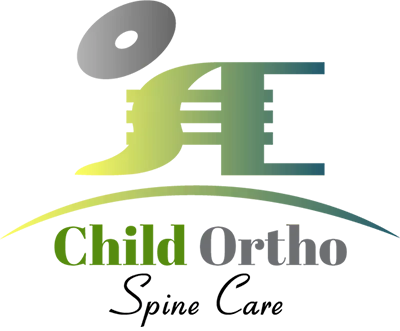Frozen Shoulder Treatment In Gurgaon
Frozen shoulder is a debilitating condition that can affect children and adults. Also known as adhesive capsulitis, it is a condition that causes pain, stiffness, and limited range of motion in the shoulder joint. While it can happen to anyone, children with cerebral palsy or other neurological conditions may be more susceptible to developing a frozen shoulder. It is because the spasticity or muscle stiffness often accompanies these conditions can cause the shoulder joint to become locked in a specific position for an extended period, leading to the development of adhesions in the shoulder capsule.
For children, a frozen shoulder can significantly impact their ability to perform everyday activities and participate in physical activities. That's why parents and caregivers need to be aware of the symptoms of frozen shoulder in children and seek appropriate treatment options.


.jpg)
.jpg)

.jpg)
.jpg)
.jpg)